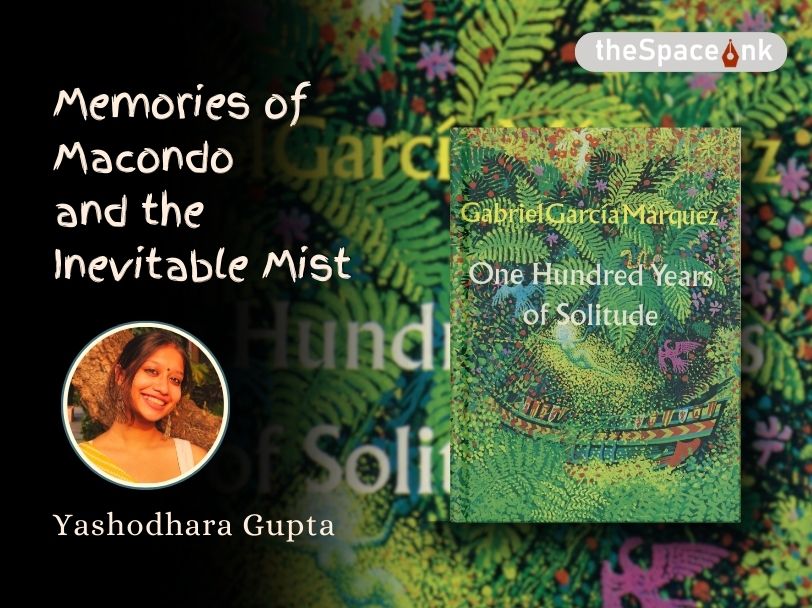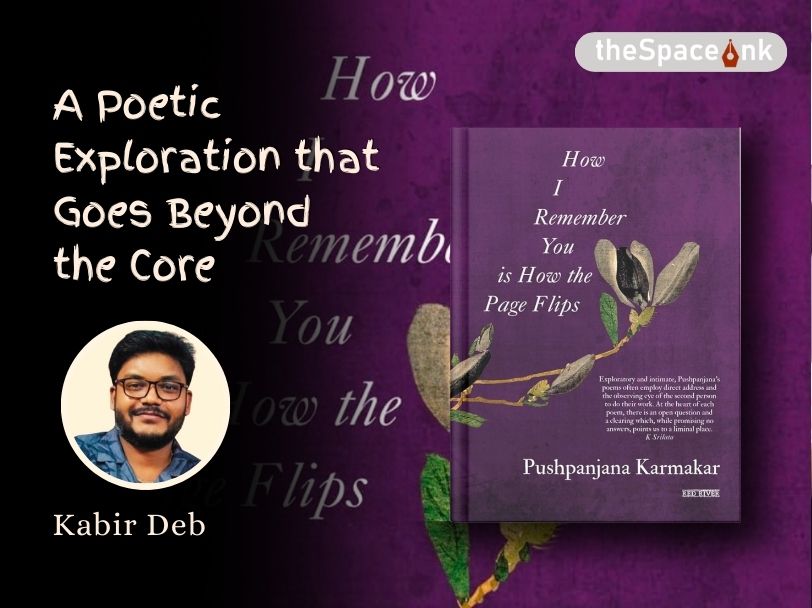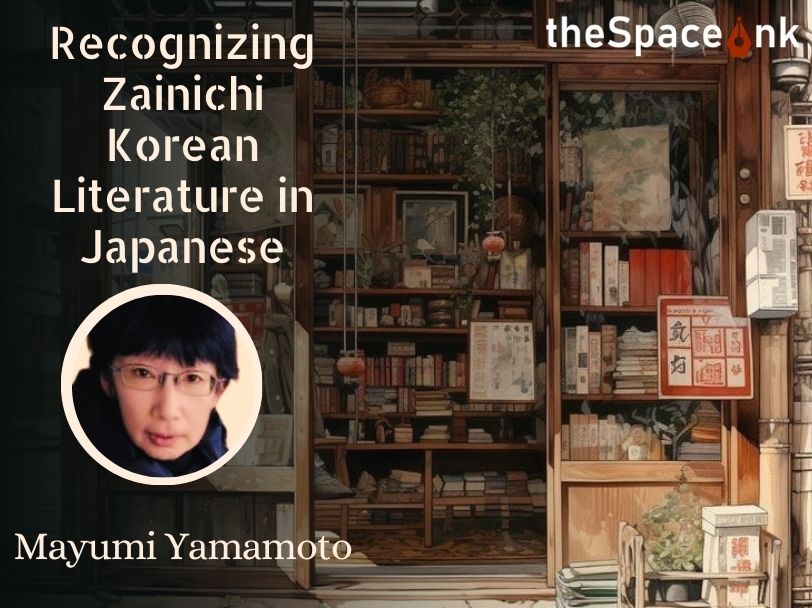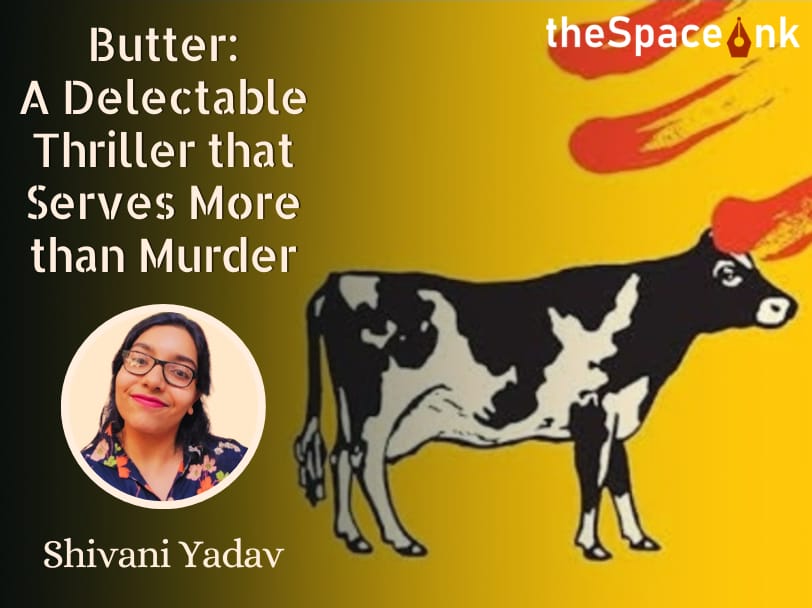Title: Yellow: Poemlets New and Earlier.
Author: Sukrita Paul
Language: English
Publisher: Sahitya Akademi
No. of Pages: 128.
Format: Paperback
Price: Rs 195.
Title: Ekalavya Speaks.
Author: Sanjukta Dasgupta
Language: English
Publisher: Penprints
No. of Pages: 166.
Price: Rs 300.
Indian English poetry is clearly alive and kicking!
The two books under this comparative review are clear proof of this. Penned by the Delhi-based Sukrita Paul Kumar and the Kolkata-based Sanjukta Dasgupta, both well-known academics and poets, the two volumes extend further the boundaries of Indian English poetry.
The fact that the two poets are apparently very different in tone and tenor of expression, in their selection of subject matter, further highlight the versatile entity that Indian English poetry has today become. The old question whether Indians can write authentic poetry in the English language that the likes of P Lal and Nissim Ezekiel had to face, has clearly become redundant.
Dasgupta’s poems are longer; her full-bodied verses provide her the opportunity to explore her themes to the hilt.
Dasgupta’s poems are longer; her full-bodied verses provide her the opportunity to explore her themes to the hilt, an opportunity she takes full advantage of, driving home the pathos of the contexts explored and the thrust of her argument. Sukrita’s poems, on the other hand, are consciously slender; many are barely a few lines long. This strategy, on the other hand, gives her the opportunity to leave many things unsaid, inviting the reader to complete the poem by piecing together the possibilities that have been opened up. Two very different poets seemingly employing two very different poetic strategies, but both succeed in creating poetry that strikes a chord.
Again, Sukrita’s poetic endeavor is tinged with the appeal of universalism—many of her poems point us towards a deeper understanding of life and propagate a certain philosophy. Dasgupta, on the other hand, seems to focus more on specific contexts; her poetry is rooted more robustly in contemporary conflict zones and current developments. There are, of course, many overlaps, and often poems that focus on specific contexts end up enunciating deep philosophical insights just as poems that seem to take up universal themes also have a bearing on historical and social contexts.
Sukrita’s poems, on the other hand, are consciously slender; many are barely a few lines long.
The defining characteristics of Dasgupta’s poetry are its foregrounding of the humane element and its contemporary relevance. Her poems celebrate camaraderie, empathy and inclusivity as opposed to rivalry, hatred and divisiveness. As they focus on the atrocities faced by the little people—the 12-year-old who is raped, the children who die in Gaza, George Floyd and the racial harassment he faces, the people whose lives are torn asunder by the violence in Manipur—the poems lodge their protest against hierarchies that contradict most basic tenets of human dignity, equality and natural justice.

What is also remarkable about Dasgupta’s collection is the way she reinvokes and reinscribes age-old narratives, such as episodes from the Mahabharata.
What is also remarkable about Dasgupta’s collection is the way she reinvokes and reinscribes age-old narratives, such as episodes from the Mahabharata. Dasgupta focuses on characters like Karna, Shambuka and Ekalavya not just to critique the ancient narratives but also to seed them with new meanings and to use them as a mirror to unveil power hierarchies in contemporary India. The hard-hitting poem on Ekalavya, the ‘low’-caste student, who had to offer Dronacharya his thumb as gurudakshina clearly has resonances with caste hierarchies and atrocities in India today. Ekalavya’s dynamism and vigour find effective visual expression on the book cover. His only fault was that he was a better student than Arjuna, and Dronacharya took advantage of his power to eliminate Ekalavya as a threat to his favourite Kshatriya disciple forever.
Dasgupta’s poems on Ambedkar and Chuni Kotal, the Adivasi woman who killed herself because of the humiliation she faced at her university, again highlight her preoccupation with caste atrocities in modern India. She also contemporanizes the Shambuka narrative to highlight the claims of equality in contemporary India—the critique of the traditional narrative where the ‘low’-caste Shambuka is slayed because he dares to challenge the monopoly over knowledge and scholarship is a clear pleading for an inclusive and equitable society. Poems like “Dronacharya: The Teacher of Princes” explore the debate between meritocracy and aristocracy, while poems like “Ekalavya Speaks” raise spectres of what centuries of oppression and injustice may lead to in the long run— “The Sun Also Rises for us / I may claim your thumb some day”!
Also Read: Rewriting The Epics
Dasgupta’s feminist concerns also manifest themselves in poems like “International Women’s Day” and the stunning “Trans-Dolls”, and the state of the girl child and India’s obsession with fair complexion claim the spotlight in “Fair and Lovely”. One also cannot but mention “India meets Bharat”, a poem that sees the collision of two worlds—the world of shopping malls and international brands and the world of the people who live under the flyover, mired in acute poverty.
Sukrita uses the term ‘poemlets’ for her pieces. Nature figures as a prominent motif in her poetry, but her treatment of the natural world is intricately tied up with a philosophical outlook. She sometimes paints an idyllic picture of the natural world only to brutally decimate the impression by immediately shifting to the child wallowing in poverty. At the same time, the descriptions of the natural world often mirror the human emotional world. What is also remarkable about Dasgupta’s collection is the way she reinvokes and reinscribes age-old narratives, such as episodes from the Mahabharata. Poems like “my poems / are the / epitaphs / of experiences / that died with me” are apt examples.
Sukrita’s poems are also remarkable for their use of imagery. We note, for instance, ‘all your waters pass through / the eye of the needle / drop by drop’, and ‘the dewdrop swallows the sun / and / leads a colourful existence’. Yellow also carries a number of illustrations to complement the poems. Yet, Sukrita’s poems are not just about poetic craft—several of the poems refer to historical contexts, weaving them into the flow of the verses just as the Ganga itself carries with it relics of the contexts it flows through, endlessly eroding and depositing. So much so that at times, her Ganga poems remind one of Bhupen Hazarika’s famous song, “Bistirno Dupare” where he asks, ‘if you see the erosion of humanity all around you, if you are witness to the decimation of morality, O Ganga, why keep flowing as you do?’ (translation mine).

One of the images that remains with the reader is from the poem where she compares the motion of snakes around the dancing Shiv Shankar’s neck with the motion of the rickshawallah pedaling his rickshaw. So, too, is the case with the way the poet merges the sound of funerary chanting with the crackling of logs as the mortal body is consumed by fire. But the most poignant poem in this collection is the one about father-daughter complicity in stopping invasive medical intervention so as to save him unnecessary pain—the words, ‘a pact in silence’ encompass so much of the relationship between a dying, suffering, anguished father and his daughter! Lines like ‘children play / with toys / adults with /their conscience’ and ‘snowflakes / float in midair / looking for the ground / to settle or / melt away’ make her poetry deceptively simple and yet pregnant with meaning.
Image courtesy: Amazon, Purple Pencil Project,Dirk Skiba Fotografie
/
Sayantan Dasgupta is an academic, translator and writer. He is a former journalist, who fancies flirting with his old profession now and then, and stg-thespaceink-tstodaystg.kinsta.coud offers him the perfect opportunity to do so.










